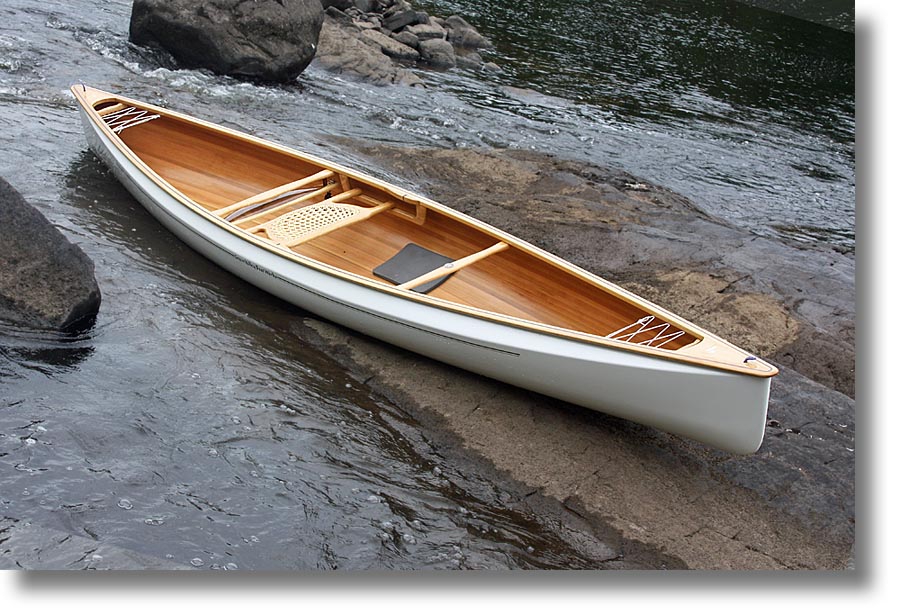
Affordable Duck Boat Plans: Beyond the Blueprint â€" A DIY Hunter's Guide
Building your own duck boat is a rite of passage for many hunters. It’s a blend of practical necessity, personal pride, and a satisfying challenge. But navigating the world of affordable duck boat plans can be tricky. This article goes beyond the typical "how-to" and delves into often-overlooked aspects, offering fresh perspectives for hobbyists, builders, and educators alike.
The Unsung Hero: Material Optimization
Most plans focus on design; what about maximizing your materials? Let's explore this crucial, often overlooked aspect.
Q: How can I minimize material waste and cost when building from plans?
A: The key is meticulous planning before you cut. Digital tools are invaluable here. Use CAD software (even free options exist) to create a precise virtual representation of your boat. This allows for precise material calculations, minimizing waste and identifying potential design flaws early on. Furthermore, consider using readily available, less expensive materials. For example, exploring alternative plywood types or utilizing reclaimed wood (with careful inspection for rot and strength) can drastically reduce costs. Remember to account for cutting losses â€" always add extra to your calculations. A good rule of thumb is to add 10-15% extra to your measurements. Finally, consult with local lumberyards; they often have scrap or surplus materials at reduced prices.
Beyond the Hull: Innovative Features for Enhanced Performance
Generic plans often lack personalization. Let's look at adding features that go beyond the basics.
Q: What are some under-discussed features that can significantly improve a DIY duck boat?
A: Think beyond the standard design. Consider integrating:
- Integrated storage solutions: Clever use of internal space can maximize gear storage, keeping your boat organized and efficient. Consider using custom-fit foam inserts to secure equipment.
- Improved drainage systems: Go beyond basic drain holes. Incorporate a self-bailing system using strategically placed scuppers or a small electric bilge pump for quicker water removal, especially crucial in rougher conditions.
- Modular design for adaptability: Design your boat with removable components like seats or gun rests. This makes the boat adaptable for different hunting scenarios and easier to transport or store.
- Enhanced camouflage integration: Don't just paint it. Explore incorporating natural materials like reeds or netting into the design for better concealment.
The Real-World Test: Lessons from a Builder’s Journey
Let's examine a real-world example. Many people just follow the plans. However, this story highlights a builder's innovation.
John, an experienced woodworker, recently built a duck boat using freely available plans. He encountered a problem: the standard hull design was unstable in choppy water. Instead of scrapping the project, he implemented a clever solution. He researched hydrodynamics and added strategically placed sponsons (small, buoyant extensions to the hull) which drastically improved stability. This wasn't in the original plans, but his understanding of physics and problem-solving skills allowed him to create a superior boat.
Key takeaway: Don't be afraid to experiment and adapt plans to your needs and local conditions.
Educational Opportunities: Integrating Duck Boat Building into Curricula
Duck boat building offers valuable educational opportunities.
This project can integrate various subjects such as:
- Mathematics: Geometry, measurement, and calculations are crucial for accurate plan interpretation and material estimation.
- Physics: Understanding buoyancy, hydrodynamics, and stability is vital for a functional and safe boat.
- Engineering: Students can learn about structural design, material selection, and problem-solving.
- Environmental Science: Discuss sustainable material choices, waste reduction, and the environmental impact of boating.
By incorporating duck boat construction into hands-on learning, educational institutions can create engaging and practical learning experiences that extend beyond the textbook.
Building an affordable duck boat is more than just following plans; it’s about creative problem-solving, resourcefulness, and a deep understanding of the materials and principles involved. By embracing these often-overlooked aspects, you can craft a boat that's not only affordable and functional but also reflects your unique skills and ingenuity.













